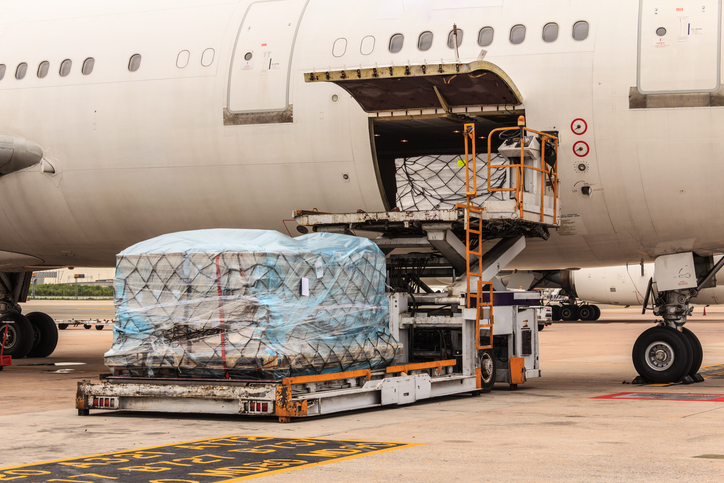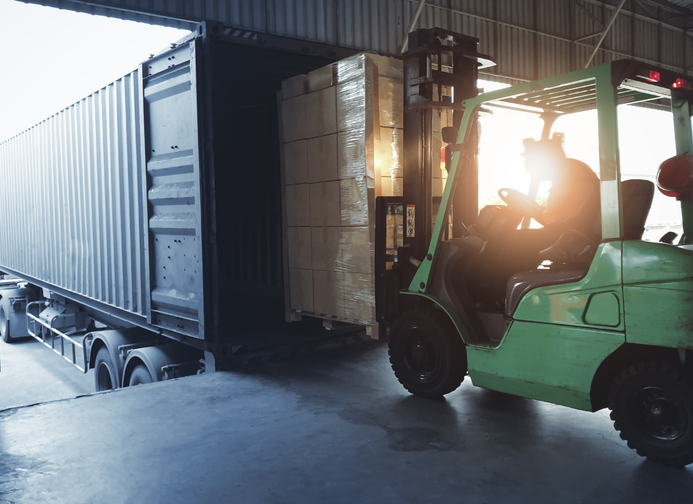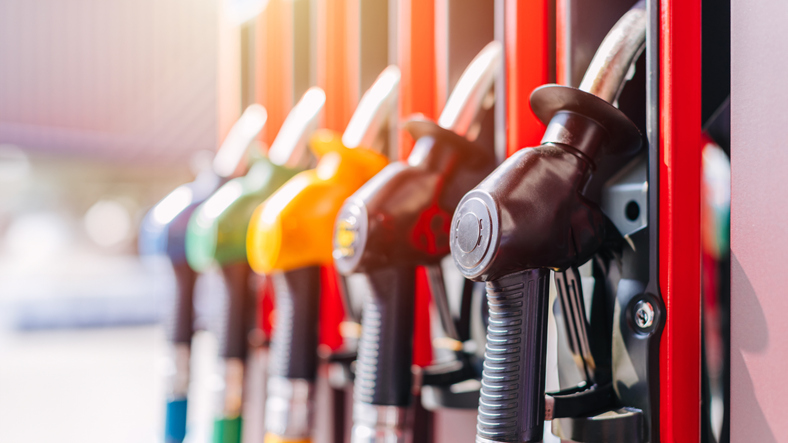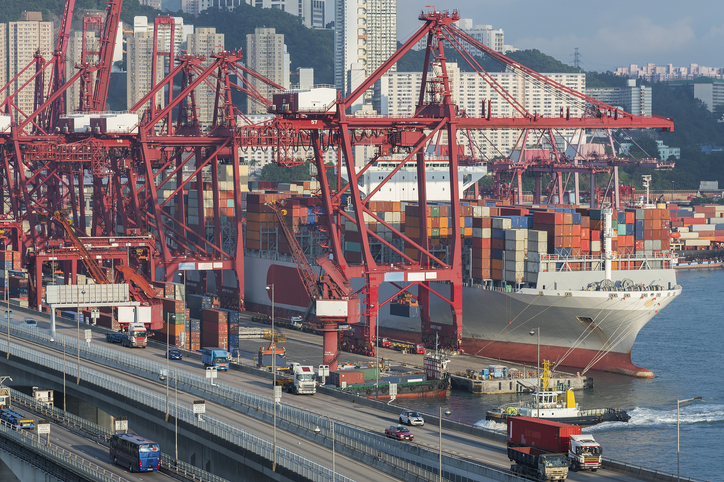
The Weekly Roar
In this week’s Roar: Declining airfreight rates, a temporary bump in US container imports, the price of diesel, China’s economic issues, and using AI to strengthen humanitarian aid supply chains.
In an unpredictable switch, e-commerce volumes have nosedived—and airfreight rates have followed. They’ve dropped by 40% since December. This is mostly led by a mix of retail surpluses and companies front-loading ahead of threatened US tariff changes. Also pushing rates down is intense competition between Chinese carriers on China-Europe routes. European airlines are struggling with strong inbound but weaker outbound volumes. And in the UK, while the currency exchange is increasing airfreight costs, a decrease in volumes from China is holding down prices.
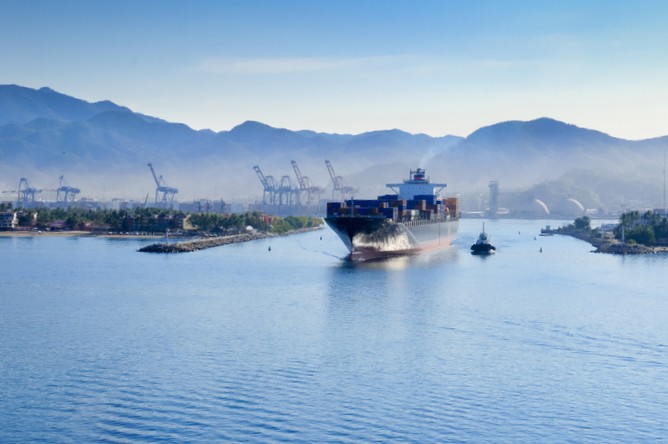 Even with concerns over a potential East Coast port strike averted, retailers are still nervous thanks to the anticipated tariffs from the incoming Trump administration. A recent report from the National Retail Federation (NRF) indicates a 14.7% year-over-year increase in container imports for November, and December volumes are projected to exceed forecasts by 19%. This has prompted the NRF to revise its 2024 forecast to 25.6 million TEU, which is a 15% increase over 2023. Moving into 2025, the expectation is year-over-year increases of 10% in January and March.
Even with concerns over a potential East Coast port strike averted, retailers are still nervous thanks to the anticipated tariffs from the incoming Trump administration. A recent report from the National Retail Federation (NRF) indicates a 14.7% year-over-year increase in container imports for November, and December volumes are projected to exceed forecasts by 19%. This has prompted the NRF to revise its 2024 forecast to 25.6 million TEU, which is a 15% increase over 2023. Moving into 2025, the expectation is year-over-year increases of 10% in January and March.
After a period of declining prices in late 2024, as of last week, the US national average price for diesel fuel has increased by 3.476 cents per gallon, putting it at $3.602. The increase is attributed to higher crude oil prices and fluctuations in seasonal demand. However, despite the recent increase, diesel prices remain lower than the same period last year when the average was $3.25 per gallon.
It could be said what happens in China doesn’t stay in China. As a major player in the global supply chain, changes in its economy can have a ripple effect around the world. So what’s happening—or expected to happen in China in 2025 and 2026? Trade tensions with the US are expected to slow economic growth, especially if higher tariffs are imposed, hurting Chinese exports and business. And even if China does roll out a stimulus plan, corporate investments, household consumption, and the property sector could all take a hit. Consumer inflation is forecast to rise to 0.8% in 2025 and 1.4% in 2026.
Global supply chains continue to take hit after hit from crises, with things like pandemics and natural disasters challenging humanitarian aid delivery. The Global Supply Resilience Initiative is collaborating with shippers, carriers, and technology partners, using AI to analyze data, and provide predictive insights and improved efficiency. Consider how this would benefit places like California, where an efficient supply chain could deliver essential aid such as food, water, shelter, and medical supplies to those affected by the fires. AI integration could optimize these supply chains by improving logistics and resource allocation.
For the rest of the week’s top shipping news, check out the article highlights below.




